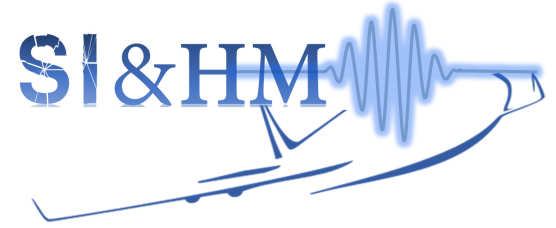Impact Detection:
In order to develop a methodology for on board impact detection, filters and appropriate triggering threshold are necessary to avoid recording false impacts or impacts of very low energy which are not alarming for the structure. Our group has developed a simple to implement, yet reliable impact detection methodology. The maximum contact force, due to an impact event is related to initiation of delamination in the structure. Therefore by defining a threshold above which damage is highly probable to have been initiated, impacts are detected and categorized for further diagnosis. An example of 4 impacts on composite plates, with (3-4) causing BVID, are shown in the figure below. The amplitude of the recorded signal can clearly be correlated to the peak of the contact force
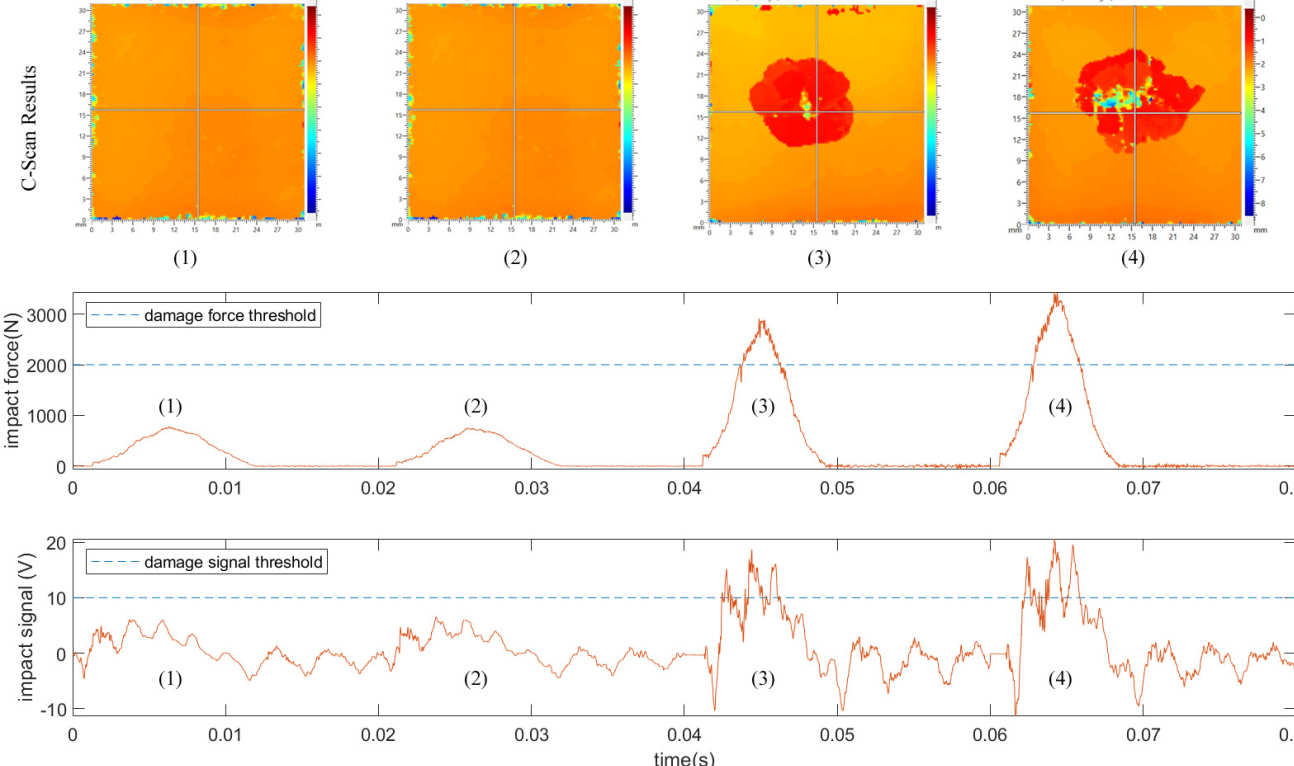
Selected publication:
- Fu, H., A. H. Seno, et al. (2018). Design of a Wireless Passive Sensing System for Impact Detection of Aerospace Composite Structures. 2018 5th IEEE International Workshop on Metrology for AeroSpace (MetroAeroSpace), IEEE
Impact Localization:
When an impact event occurs on a sensorized structure, elastic waves are generated and after travelling along the surface of thin plates they are recorded by permanently mounted sensors on the structure. To develop an impact detection and identification methodology for an aeronautical application, environmental variability and impact energy variations needs to be taken into account. There are various impact detection methodologies based on sensor data which have been developed over the past two decades, they can be grouped into three categories:
- Trigonometric location techniques such as triangulation based on the Time of Arrival (ToA) of the waves;
- Model-based algorithm which involves modelling the dynamic response of the structure subjected to a known impact location;
- Machine Learning Algorithms (Data-driven techniques): This group of techniques require modelling complex relationships (meta-model) between input and output data.
The methodologies developed by our research group records, detects and localizes the impact events above a set threshold. An important factor for application to real structure is the reliability as well as probability of the detection. Therefore, to account for variability in the recorded data under operational conditions, Bayesian updating and Kalman filter techniques are applied to improve the reliability of the detection algorithm.
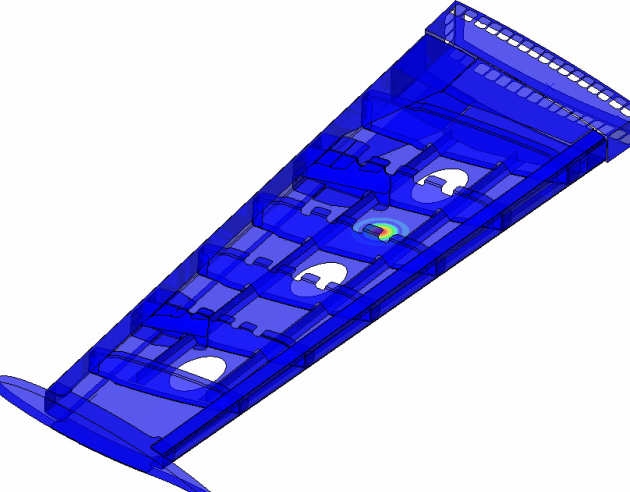
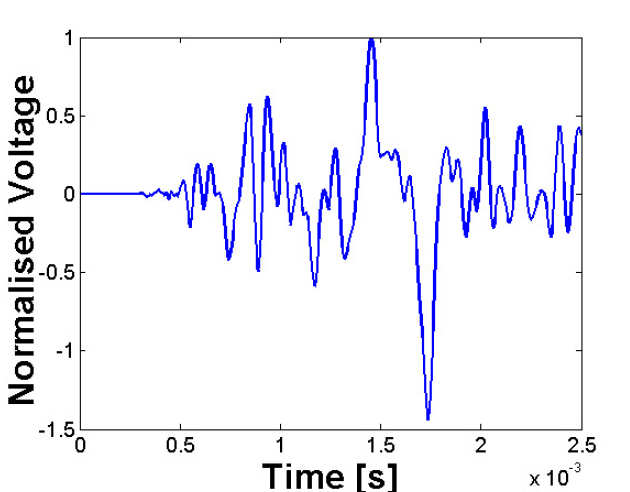
Selected publication:
- Z Sharif-Khodaei, M Ghajari, MH Aliabadi, "Determination of impact location on composite stiffened panels", Smart Materials and Structures 21 (10), 105026.
- Yue, N. and Sharif Khodaei, Z. "Assessment of Impact Detection Techniques for Aeronautical ApplicationL ANN vs. LSSVM", Journal of Multiscale Modelling, Vol 7, No. 4 (2016) 1650007.
Impact Force Reconstruction:
The probable impact scenarios on an aircraft are much more complex than limited number of tests carried out on coupons in controlled laboratory environment. Each part of the aircraft is prone to different level of impact energy and probability of impact occurrence. One categorization of impact is based on their energy level: low energy and high energy impacts. However, impact energy alone is not a good criterion for classifying the impact as two impacts of the same energy but different mass and velocity combinations can trigger a completely different response in the structure. It is more appropriate to characterize impacts with respect to the contact force.
The contact force due to an impact can be directly related to onset of damage (e.g. delamination) in the composite structure. Therefore by knowing the magnitude of the contact force, the impact can be categorized as green (no damage), amber (possibility of damage) and red (damage). Therefore, based on this classification, unnecessary maintenance can be avoided. One way to allow for impact classification, is to first categorized them into large mass and small mass impact events since their response is very different.
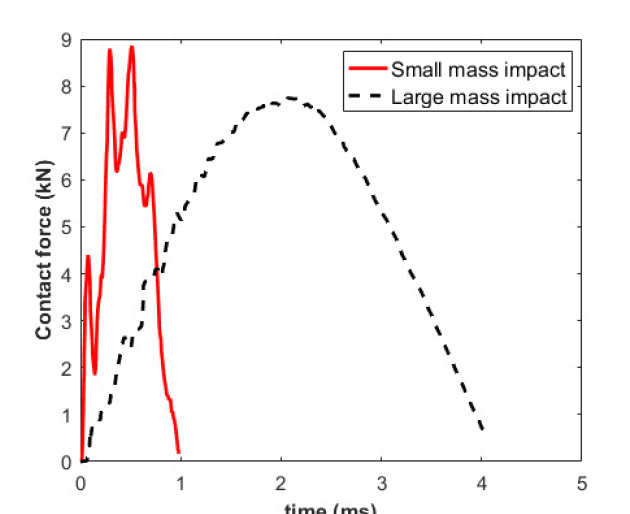
The methodologies developed by our group considers the reliability of the diagnosis as the most important factor during the development which is the effect of the operational conditions on the recorded signals, and consequently on the output of the decision making algorithm e.g. variations in temperature, humidity, contact type (hard, soft), angle of impact.
Selected publication:
- M Ghajari, Z Sharif-Khodaei, MH Aliabadi, A Apicella, "Identification of impact force for smart composite stiffened panels", Smart Materials and Structures 22 (8), 085014
